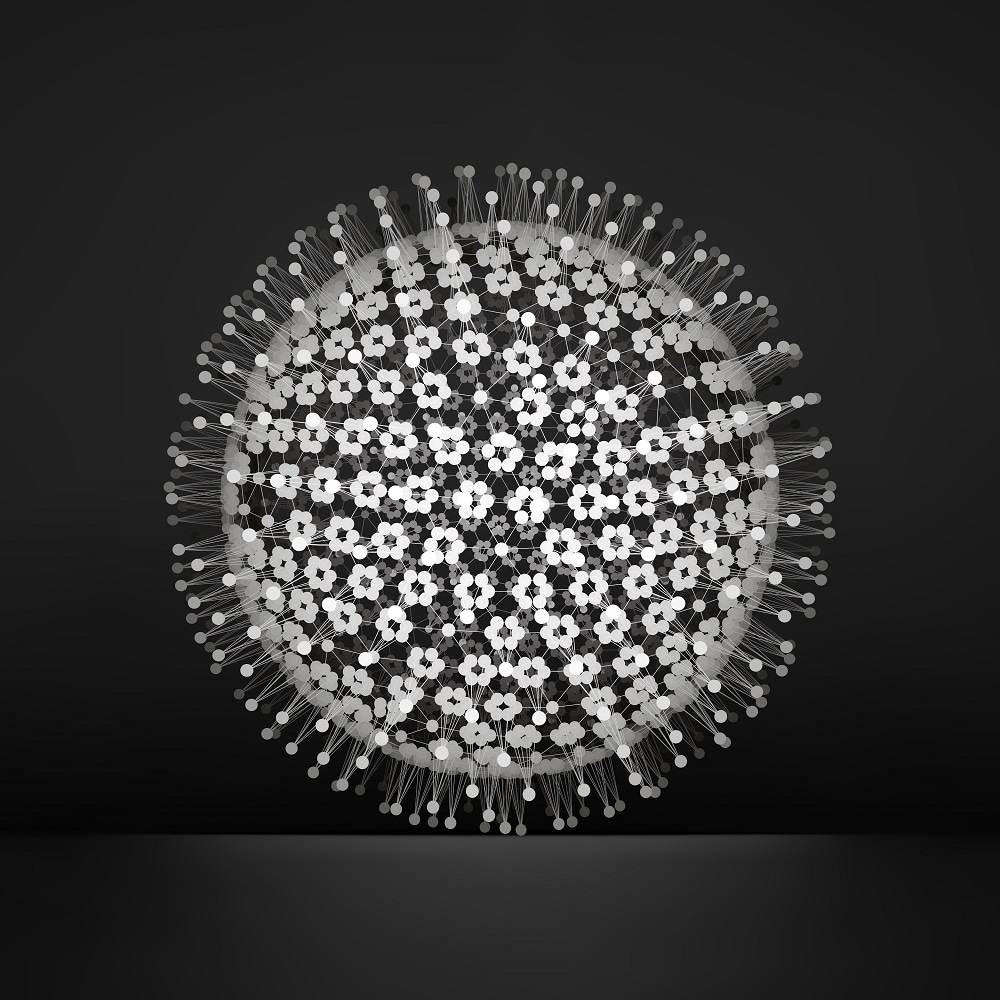Jun 29 2017
A team of Researchers from Case Western Reserve University School of Medicine in partnership with Researchers from Dartmouth Geisel School of Medicine and RWTH Aachen University (Germany) have adapted virus particles—that typically infect potatoes—to act as cancer drug delivery devices for mice.
 Login/ Shutterstock.com
Login/ Shutterstock.com
But in a new article published in Nano Letters, the team demonstrated injecting the virus particles together with chemotherapy drugs, rather than packing the drugs inside, may provide an even more powerful benefit.
The Researchers found out that injecting potato virus particles into melanoma tumor sites triggers an anti-tumor immune system response. And concurrently injecting the nanoscale plant virus particles and a chemotherapy drug—doxorubicin—into tumor sites additionally helps stop tumor development in mice. But surprisingly, when the team developed and injected combination nanoparticles, where the chemo drug is physically stuck to the virus particles, there was not a major added benefit.
The results are the first to reveal “vaccinating” mice with potato virus nanoparticles at a cancer site can produce an anti-tumor response. But the results also indicate more complex nanoparticles may not match the added therapeutic benefit.
It’s attractive to want to create multifunctional nanoparticles that can ‘do it all. But this study shows significant therapeutic efficacy, including prolonging survival, requires a more step-wise approach. When the plant-based virus particles and the drugs were able to work on their own, we saw the greatest benefit.
Nicole F. Steinmetz, PhD, Senior Author on the study, George J. Picha Professor in Biomaterials, Member of the Case Comprehensive Cancer Center and Director of the Center for Bio-Nanotechnology, Case Western Reserve School of Medicine
The Authors wrote, “While the nanomedicine field strives to design multifunctional nanoparticles that integrate several functions and therapeutic regimens into single nanoparticle – our data suggest a paradigm shift; some therapeutics may need to be administered separately to synergize and achieve most potent therapeutic outcome.”
Going forward, Steinmetz and her team will study mechanisms behind the potato virus particles’ anti-tumor effects. She aims to test whether co-administering the nanoparticles with various chemotherapy drugs can delay, or slow the development of other cancers. Said Steinmetz, “Dual-pronged therapeutic approaches may be our best defense against certain cancers. And, virus-based nanoparticles like the ones in our study may be used to enhance efficacy of existing medications.”